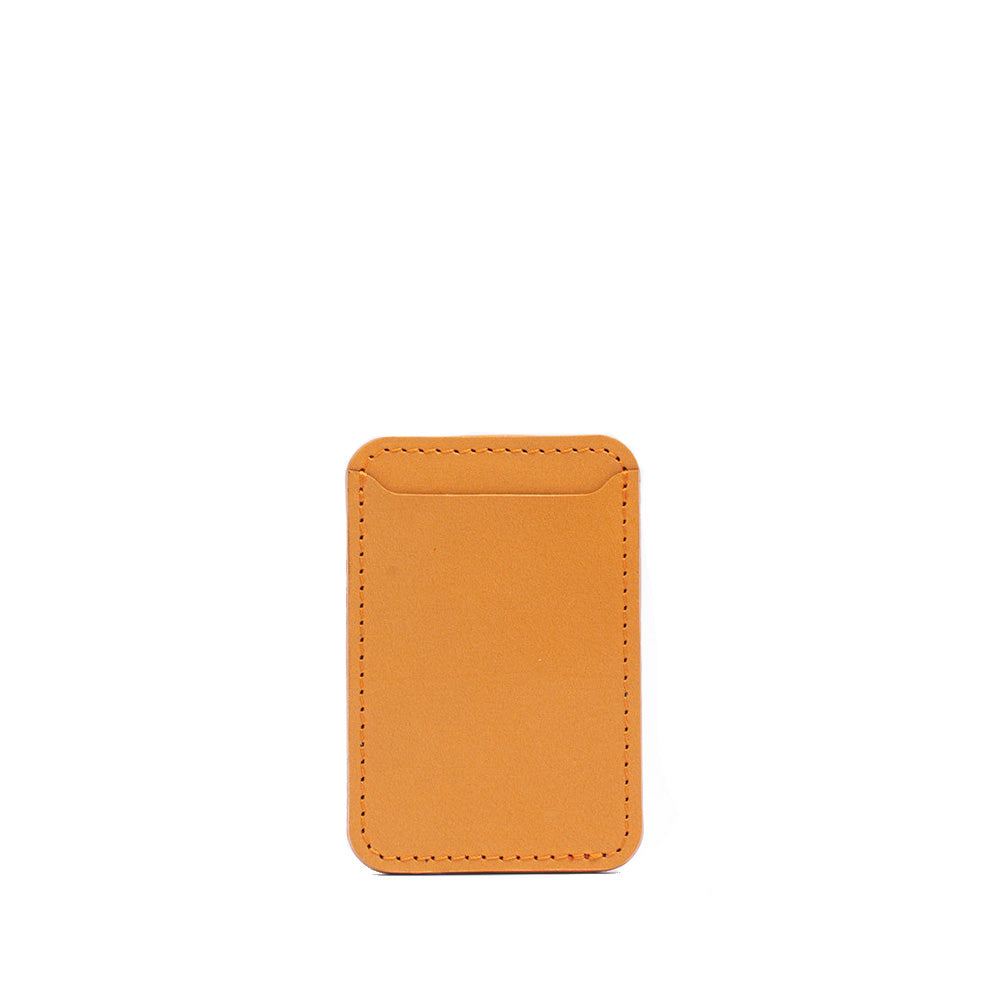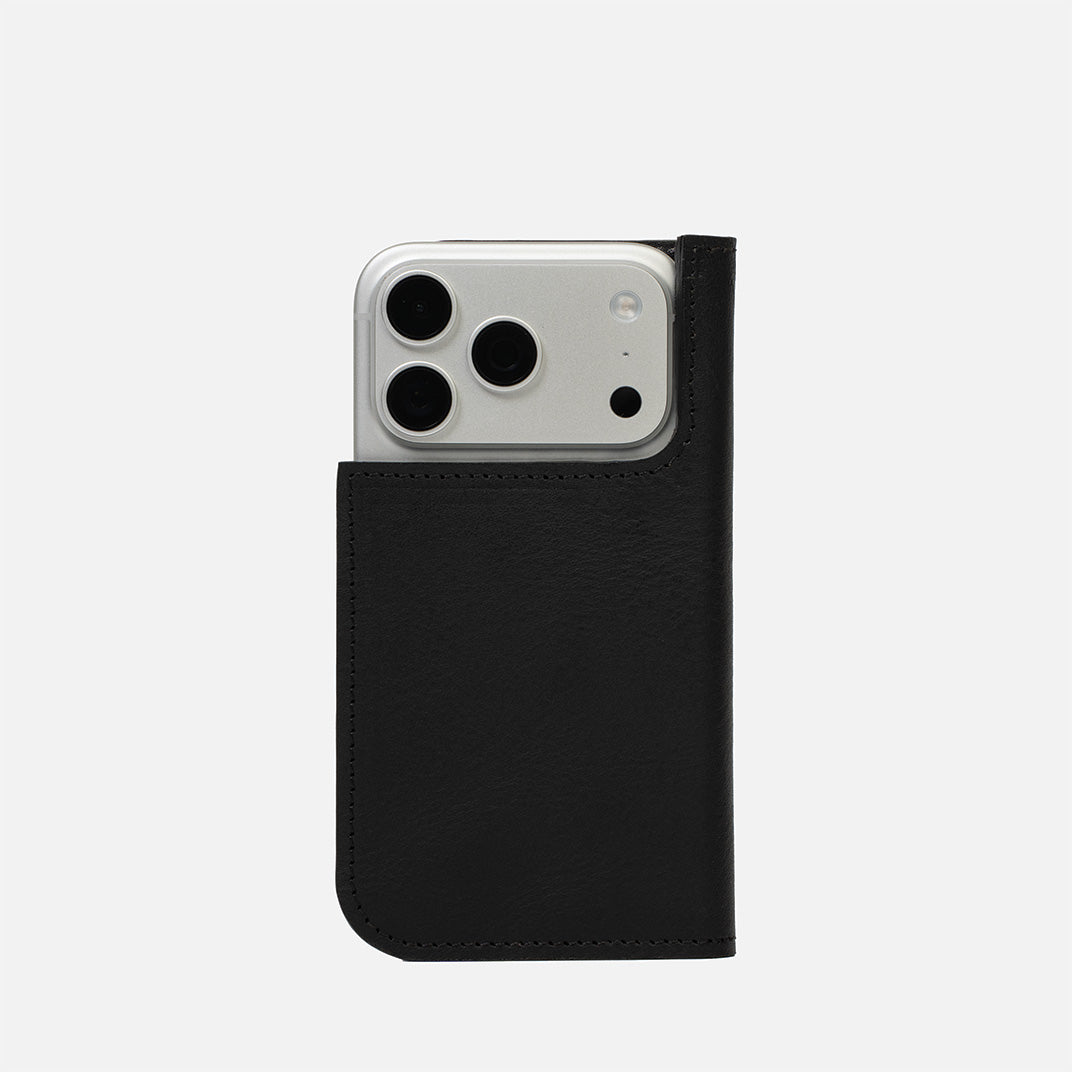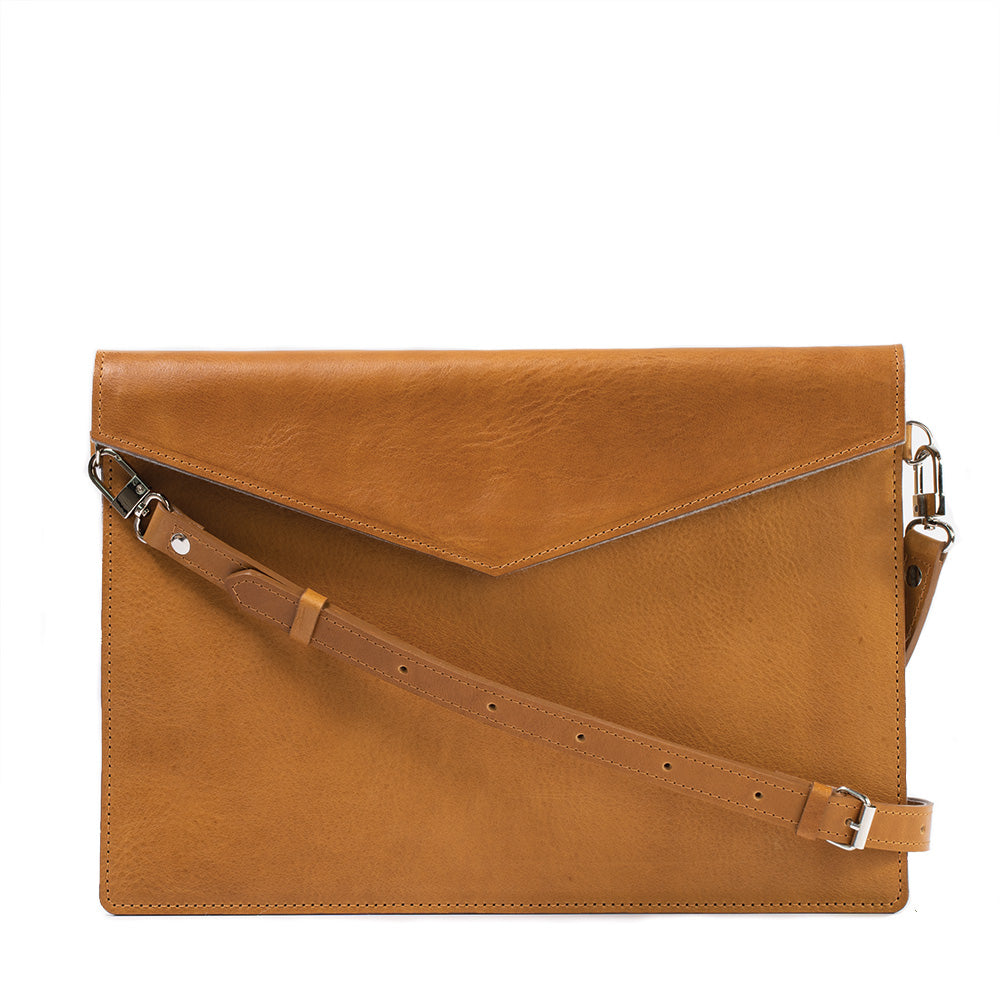The HomePod 2 and HomePod mini smart speakers are equipped with built-in temperature and humidity sensors, a feature activated with the 16.3 software update. These sensors can be utilized in various ways to enhance your smart home experience. This guide will walk you through setting up and using these sensors, and we'll also explore how to integrate similar functionality into the Home app without a HomePod.
Activating the Sensors
Apple's 16.3 update activated the dormant temperature and humidity sensors in the HomePod mini. The revived HomePod 2 also comes with the same hardware and software capabilities. To activate these sensors, ensure your iPhone and HomePod mini or HomePod 2 are all running iOS 16.3/HomePod software 16.3. If your HomePod 2 is shipping with 16.0, you can update your software by navigating to the Home app > your HomePod > swipe down to the gear icon > look for the available update at the top.
Using the HomePod Temperature and Humidity Sensors
Once your devices are updated, you can start using the temperature and humidity sensors. Here's how:
1. Open the Home app on your iPhone or iPad.
2. Tap 'Climate' at the top of the screen.
3. You should now see a temperature and humidity range. Tap on one to see more details.
4. After updating your HomePods to 16.3, you may see a 'Calibrating' message before live data is available.
5. When you tap temperature or humidity, you'll see all devices reporting data, including HomePod mini, HomePod 2, and HomeKit-enabled thermostats.
6. Choose one of your HomePods to create an automation around temperature or humidity by tapping 'Add Automation'.
7. Now you can rename the HomePod temp/humidity sensor, create an automation, and adjust other settings like if it appears in your Home Summary and more.
Asking Siri About Temperature and Humidity
With the HomePod mini and HomePod 2, you can ask Siri about the temperature and humidity in the rooms where they're placed. Simply say, "Hey Siri, what's the temperature in here?" or "Hey Siri, what's the humidity in the basement?"
Please note that temperature and humidity sensing is optimized for indoor, domestic settings, when ambient temperatures are around 15ºC to 30ºC and relative humidity is around 30% to 70%. Accuracy may decrease in some situations where audio is playing for an extended period of time at high volume levels. HomePod requires some time to calibrate the sensors immediately after starting up before results are displayed.
Automating Other Devices Based on Temperature/Humidity
The temperature and humidity readings from your HomePod can be used to automate other devices in your home. For instance, you can set up automations to turn on your furnace or A/C, or activate a smart plug controlling a heater or humidifier, based on the readings from your HomePod.
Adding Similar Functionality to the Home App
If you don't have a HomePod but still want to monitor temperature and humidity in your home, you can add this functionality to the Home app with some third-party devices. These devices can be integrated into the Home app and used in the same way as the sensors in the HomePod.
In conclusion, the temperature and humidity sensors in the HomePod 2 and HomePod mini offer a great way to enhance your smart home experience. Whether you're using them to automate other devices or simply to keep track of the climate in your home, these sensors are a valuable addition to your HomePod.




